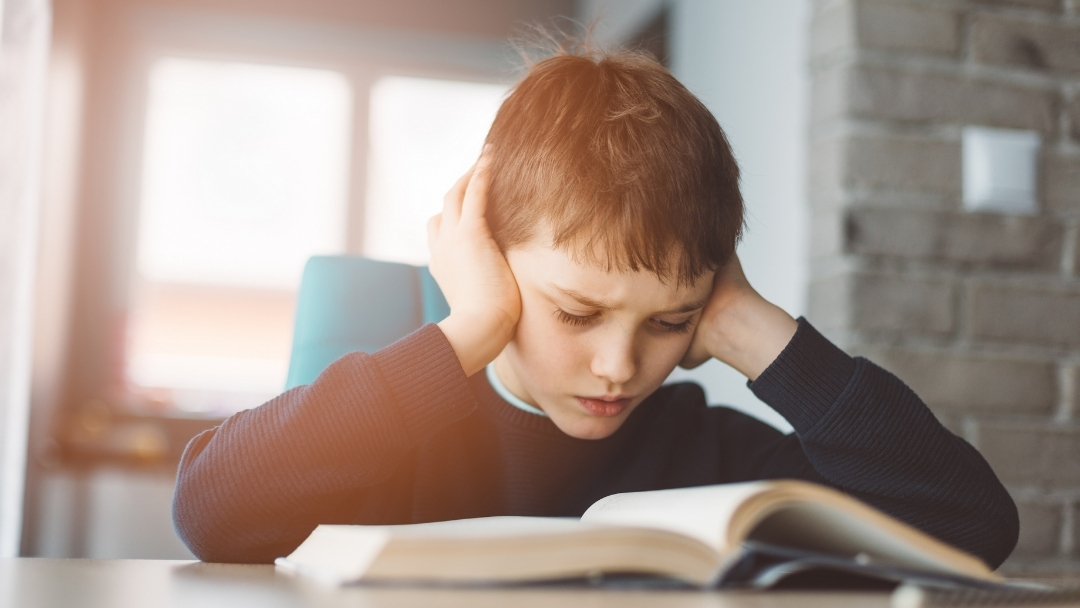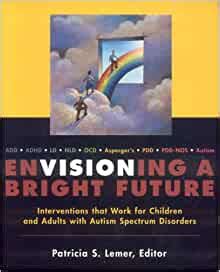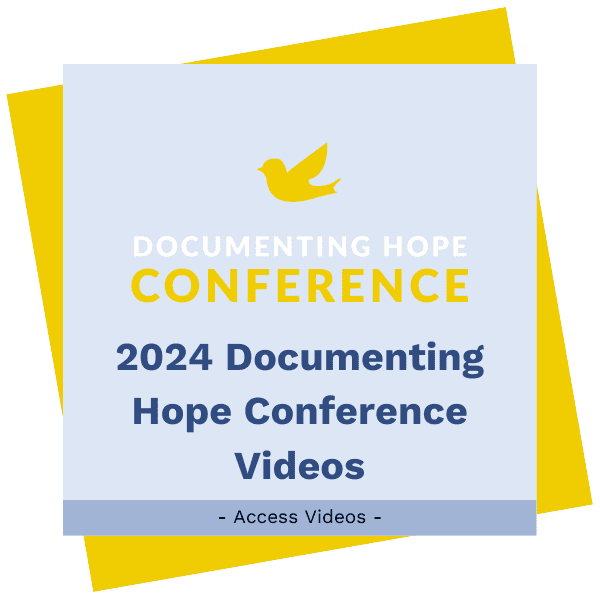What Is Dyslexia?
The most consistent thing of children with dyslexia is their inconsistency! These children appear bright, highly intelligent and very articulate, but are unable to read, write and spell at grade level and struggle with very low self-esteem. They have difficulty sustaining attention and will “zone out” frequently losing track of time.
Overall struggles are in areas of vision, reading, spelling, hearing, speech, writing, motor skills, math and time management, memory and cognition and behavior, health, development and personality.
How Can Children with Dyslexia Be Helped?
Probably the most important nutritional deficiency for dyslexia is good quality fats and fatty acids for the brain and eyes. DHA, found in mother’s milk, is vitally essential to brain functioning and hand/eye coordination. The Modified Atkin’s Diet (MOD) is the new ketogenic diet, focusing on high levels of fat and low levels of carbohydrates and sugar. Also helpful is the Feingold Diet that eliminates food additives, chemical preservatives, dyes, refined sugar, and salicylates which all negatively affect the brain.
Supplementing zinc and iron, two of the body’s most important trace minerals deficient in children with dyslexia, have been found to improve their overall health and immune functioning. A detoxification protocol to address multiple chemical sensitivities by removing toxic pathogens will help improve cognitive functioning. Removing gluten and casein from the diet will lessen the effects of food allergies and the “zoning out” behaviors.
What Therapies Help the Best?
Vision therapy is at the top of the list. The role of vision in dyslexia is paramount because it addresses various visual conditions that have been associated with dyslexia and learning disabilities:
- Poor eye movement skills
- Convergence insufficiency
- Faulty binocular vision
- Farsightedness
- Lazy eye
- Poor visual processing
- Weak visual motor skills
- Suppression of one eye
Other important therapies include:
- Chiropractic neurology (balancing the right and left hemispheres of the brain) therapies such as Brain Balance
- Brain Gym (hand eye coordination)
- Reflex integration therapy
- Occupational therapy with sensory integration
- Neurobiofeedback
- Auditory therapies
- Acupuncture
Dyslexia Healing Checklist
Still Looking for Answers?
Visit the Documenting Hope Practitioner Directory to find a practitioner near you.
Join us inside our online membership community for parents, Healing Together, where you’ll find even more healing resources, expert guidance, and a community to support you every step of your child’s healing journey.
Sources & References
Adams, L.J., et al. Infant feeding method and special educational need in 191,745 Scottish schoolchildren: A national, population cohort study. PLoS Med. 2023 Apr 6;20(4):e1004191.
Baker, S.M. A biochemical approach to the problem of dyslexia. Journal of Learning Disabilities. 1985 18(10): 581-584.
Boat, T.F., et al. Prevalence of Learning Disabilities. Mental Disorders and Disabilities Among Low-Income Children. Washington (DC): National Academies Press (US); 2015 Oct 28. 16.
Borre, Y.E., et al. Microbiota and neurodevelopmental windows: implications for brain disorders. Trends Mol Med. 2014 Sep;20(9):509-18.
Darling, A.L., et al. Association between maternal vitamin D status in pregnancy and neurodevelopmental outcomes in childhood: results from the Avon Longitudinal Study of Parents and Children (ALSPAC). Br J Nutr. 2017 Jun;117(12):1682-1692.
Edwards, E.S., et al. Dyslexia on a continuum: A complex network approach. PLOS ONE, 2018; 13 (12): e0208923.
Egset, K., et al. Magno App: Exploring Visual Processing in Adults with High and Low Reading Competence. Scandinavian Journal of Educational Research. 07 Jan 2020.
Gama, J., et al. Chronic Effects of Dietary Pesticides on the Gut Microbiome and Neurodevelopment. Front Microbiol. 2022 Jun 30:13:931440.
Hertz-Picciotto, I., et al. Organophosphate exposures during pregnancy and child neurodevelopment: Recommendations for essential policy reforms. PLoS Med. 2018 Oct 24;15(10):e1002671.
Li, Y., et al. Prevalence and Trends in Diagnosed Learning Disability Among US Children and Adolescents From 1997 to 2021. JAMA Pediatr. 2023 Sep 1;177(9):969-972.
Mercer, J.S., et al. The Effects of Delayed Cord Clamping on 12-Month Brain Myelin Content and Neurodevelopment: A Randomized Controlled Trial. Am J Perinatol. 2022 Jan;39(1):37-44.
Morris, C.R., et al. Syndrome of allergy, apraxia, and malabsorption: characterization of a neurodevelopmental phenotype that responds to omega 3 and vitamin E supplementation. Alternative Therapies in Health and Medicine. Jul-Aug 2009;15(4):34-43.
Offut, A., et al. Case report: Substantial improvement of autism spectrum disorder in a child with learning disabilities in conjunction with treatment for poly-microbial vector borne infections. Front Psychiatry. 2023 Aug 18:14:1205545.
Rifas-Shiman, S.L., et al. Associations of prenatal or infant exposure to acetaminophen or ibuprofen with mid-childhood executive function and behaviour. Paediatr Perinat Epidemiol. 2020 May;34(3):287-298.
Warner, B.B. The contribution of the gut microbiome to neurodevelopment and neuropsychiatric disorders. Pediatr Res. 2019 Jan;85(2):216-224.
Zablotsky, B., et al. Prevalence and Trends of Developmental Disabilities among Children in the United States: 2009-2017. Pediatrics. 2019 Oct;144(4):e20190811.
Zaigham, M., et al. Prelabour caesarean section and neurodevelopmental outcome at 4 and 12 months of age: an observational study. BMC Pregnancy and Childbirth. 2020 (20)564.
Resources
Books
College of Optometrists in Vision Development. Vision and Dyslexia. 2008
Johnson, Kathy. Dyslexia: Recognizing, Screening and Treating. Albany, NY. Pyramid of Potential, 2014.
Lambert, Beth, et al. Brain Under Attack: A Resource for Parents and Caregivers of Children with PANS, PANDAS, and Autoimmune Encephalitis. Answers Publications, 2018.







